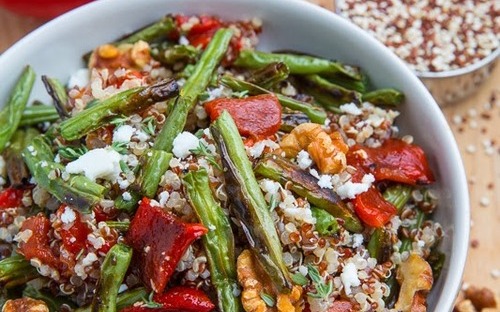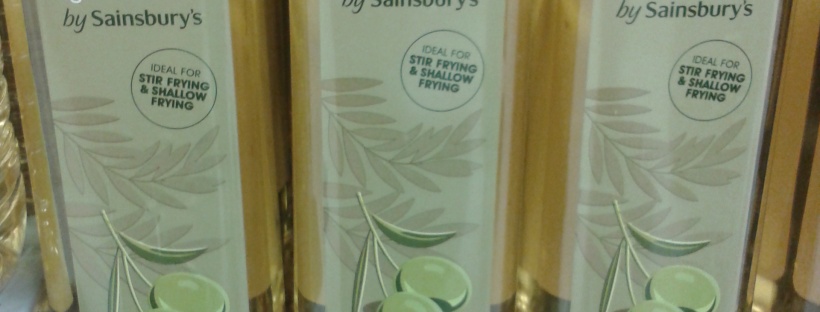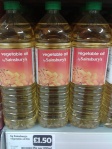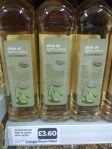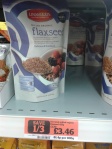A good dressing can transform a plate of salad or vegetables in to something quite spectacular. We all know that we should eat more veg as they have been shown beyond doubt that they are very, very good for us. Why vegetables are fab:
- Add amazing colours and textures to your plate
- Prevention of chronic health conditions (heart, diabetes, strokes, obesity, cancer)
- Low in calories, you can eat LOADS
- Fibre prevents constipation
- Encourage the good bacteria in your gut
- Vitamins & minerals are needed by your body’s millions of metabolic processes
- There is a huge variety so you never need to get bored
- Vegetables can taste really good…………….
If you feel that veg can get a little dull, or need some extra oomph, here are 5 very simple dressings to turn a plate of the good stuff in to something pleasurable and delicious.
A big benefit of adding a dressing is that the oil helps with the absorption of vitamins. Vitamins A, D, E and K are fat soluble, therefore need fat for our bodies to absorb them. As for most things in life, don’t over do it with the dressing, use it to complement the salad or veg rather than drowning your plate in it. 
You don’t need any special equipment. Inspired by Jamie Oliver, I use an old jam jar……just put all the ingredients in the jar and shake well.
Extra virgin olive oils are a bit like wine as they can vary dramatically in taste, depending upon the type and quality of the fruit that is pressed, the time of harvest, the weather during the growing season, and the region from which the olives were produced. If you are feeling adventurous and budget allows, experiment! If you find the taste of extra virgin oil too strong, you can use olive oil instead. I prefer a ‘tangy’ dressing, so usually add more vinegar/lemon juice.
Classic 1 teaspoon of Dijon mustard 2 tablespoons of white or red wine vinegar 6 tablespoons of extra virgin olive oil pinch of salt, pepper
6 tablespoons of extra virgin olive oil pinch of salt, pepper
Lemon 6 tablespoons extra virgin olive oil juice of 1 lemon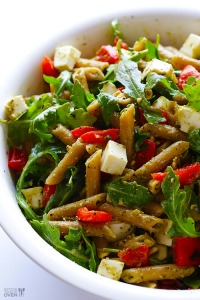 pinch of salt, pepper
pinch of salt, pepper
Balsamic 6 tablespoons extra virgin olive oil 2 tablespoons balsamic vinegar Pinch of salt, pepper
Creamy 6 tablespoons natural yogurt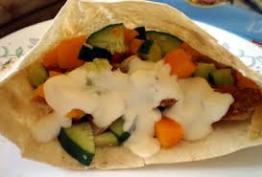 2 tablespoons white wine vinegar 1 tablespoon extra virgin olive oil pinch of salt, pepper
2 tablespoons white wine vinegar 1 tablespoon extra virgin olive oil pinch of salt, pepper
Thai 4 tablespoons lime juice 3 tablespoons olive oil 2 tablespoons toasted sesame oil 1 tablespoon soy sauce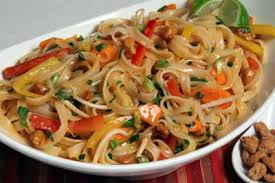 1 teaspoon sugar 1 tablespoon fresh ginger, finely grated/finely chopped 1/2 clove garlic, crushed/finely chopped
1 teaspoon sugar 1 tablespoon fresh ginger, finely grated/finely chopped 1/2 clove garlic, crushed/finely chopped

